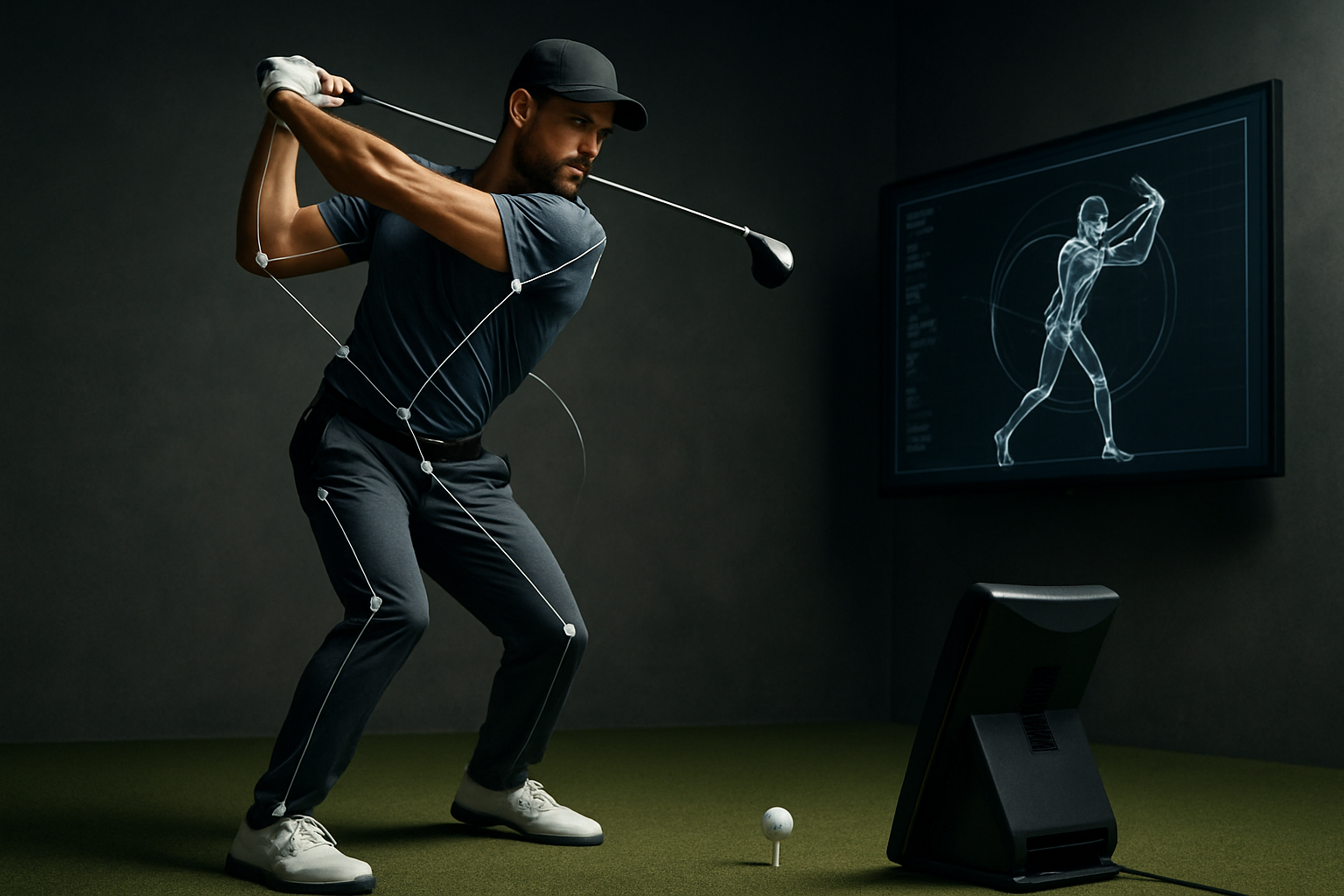Golf Simulation: How Indoor Golf Simulators Work and Benefit Players
Golf simulation brings golf practice and play indoors using electronic tracking, software, and realistic visuals. Whether for practice, entertainment, or coaching, simulators aim to reproduce ball flight, club data, and course conditions. This article explains what a golf simulator is, how indoor golf technology operates, how it supports sports training, what to consider when choosing one, and practical setup tips for use in your area.

What is a golf simulator?
A golf simulator is a system that captures data from a shot—club speed, launch angle, spin, and ball flight—and converts that information into a virtual representation on a screen or projector. Systems range from compact launch monitors paired with software to full enclosures with impact screens and graphics of real golf courses. Golf simulators are used by hobbyists, instructors, and facility operators to practice swings, test equipment, and play simulated rounds regardless of weather or daylight.
How does indoor golf technology work?
Indoor golf technology combines sensors, cameras, or radar with software to model ball and club behavior. Optical systems use high-speed cameras to track the club and ball at impact, while radar-based launch monitors measure ball velocity and trajectory over several feet. Sensors feed data into simulation software that applies physics models and environmental factors to render realistic flight on a virtual course. Advances in processing power and machine learning have improved accuracy, reduced latency, and enabled more detailed shot analysis for coaching and equipment fitting.
How do simulators support sports training?
For sports-focused golfers, simulators provide repeatable, measurable practice in a controlled environment. Data points such as club path, face angle, spin rate, and vertical launch allow coaches to diagnose swing faults and track improvements objectively. Indoor sessions can isolate specific skills—short game, driving, or course management—without travel or weather constraints. Simulators also enable performance testing under varied conditions, letting athletes practice shots from different lies, wind conditions, and course setups to build consistency and decision-making skills used in competitive golf.
What should you consider when choosing a golf simulator?
Selecting a golf simulator depends on goals, space, and budget. For golfers focused on swing data and coaching, accuracy of launch monitors and depth of analytics matter most. Players prioritizing gameplay will look for high-quality graphics, licensed courses, and multiplayer options. Consider integration with coaching platforms, club-fitting capabilities, and supported peripherals such as hitting mats and nets. Also evaluate software updates, warranty, and support for local services or technicians in your area. Balancing accuracy, realism, and usability produces the most useful setup for individual needs.
How do you set up indoor golf and manage space?
Setting up indoor golf requires planning for safe ball flight and clearances. Typical recommendations are 10–12 feet of ceiling height for full swings, 10–15 feet of depth from screen to hitting position, and enough lateral space to swing freely; smaller setups can focus on short game or use foam balls. Lighting should minimize glare on the impact screen and allow sensors to function reliably. Flooring and a quality hitting mat reduce vibrations and protect clubs. Consider noise, ventilation, and how the simulator will fit into a home or commercial space; consulting local services or installers can help adapt a space to technical and safety requirements.
Maintenance, updates, and practical tips for long-term use
Maintaining accuracy and enjoyment requires periodic calibration, software updates, and care of hardware components. Keep cameras and sensors clean, replace worn hitting mats, and verify calibration after any hardware move. Software subscriptions may offer course libraries and data analytics improvements; confirm update policies before purchase. For coaching or commercial operations, plan for routine checks and a relationship with local services for repairs and upgrades. Regularly reviewing performance metrics helps identify equipment drift and keeps training objectives aligned with technological capabilities.
Golf simulation blends golf, sports training, and technology to make practice and play more accessible year-round. Whether used for data-driven coaching, casual play, or equipment testing, indoor golf systems offer a versatile platform that adapts to different goals and spaces. As with any technical purchase or installation, evaluate accuracy needs, space constraints, and support options to choose a setup that matches how you want to use a simulator.






